The Sanskrit terms “rang,” which means color, and “Aavali,” which means rows, are the sources of the word “rangoli.” They translate to “Rangavalli,” which means color rows or color creepers when combined. It became the word “Rangoli” in common use. Butterfly Joy Rangoli is the most lovely and straightforward floral Rangoli pattern that is also rather simple to create. Try them out!
The Origins of the festival of Rangoli
The names of rangoli vary depending on the state in which they are found in India. For example, rangoli is known as Kolam in South India, Madana in Rajasthan, Chowkpurna in Northern India, Alpana in Bengal, Aripana in Bihar, and so on. As per the Chitra Lakshana, the oldest Indian painting disquisition or treatise, the loss of the high priest’s son caused great grief for both the monarch and his realm.
All those accompanying the king prayed to Lord Brahma, the creator of the universe, for the boy’s birth. Inspired by these people’s prayers, Brahmaji appeared and requested that the monarch paint the deceased boy’s portrait on the floor. Then he breathed life into the painting, relieving the kingdom of its grief and suffering. This legendary tail is thought to be the biblical proof of the genesis of the exquisite Hindu art form known as a rangoli.

The Creative Expression of Butterfly Joy Rangoli
The Sanskrit term “rangoli” refers to an artistic expression via color. Beautiful rangoli patterns and designs were created on Indian homes’ doors in the past to adorn them and greet visitors. In addition to being an artistic representation, they were also seen as lucky charms. Our culture is based on the idea that “Guest is God,” or “Athiti Devo Bhava.” What better way to convey the hospitality and cultural mannerisms that are ingrained in our traditions than with rangoli?
Rangoli is used extensively during the Diwali celebration, despite the fact that it is manufactured on numerous occasions across India. On the auspicious festival of Diwali, people adorned their front doors with rangoli depicting the goddess Laxmi (the goddess of riches and prosperity) as well as welcoming guests.
Using brilliant rangoli colors with care on a thoroughly cleaned and broomed floor is necessary to create the perfect rangoli art. Even contemporary three-dimensional art seems ungainly in comparison to rangolis, which are really straightforward two-dimensional patterns. A rangoli is created by freely applying vibrantly colored powders. Making a rangoli is most commonly done by pinching the thumb and forefinger and allowing the color to flow out of them freely.
Place, Color, and Pattern of Butterfly Joy Rangoli
Using vivid rangoli colors on a well-groomed and cleaned floor at the house, temple, or Pooja location is necessary to create the perfect piece of rangoli art. In the past, Indian homes would wash and decorate their courtyards with cow dung before placing the Rangoli. Typically, people administer the colored powder “freehand,” by pinching the thumb and index finger together to create an opening.
Since all Indians view rice as a symbol of prosperity, they historically used rice powder or paste to create the fundamental contours of Rangoli drawings. People traditionally used materials like turmeric powder, vermillion, Geru, and chalk powder, but nowadays, they frequently use artificial colors. Formerly, people also employed the hues found in flowers, leaves, and tree bark to provide color to the Rangoli pattern.
Steps for Butterfly Joy Rangoli
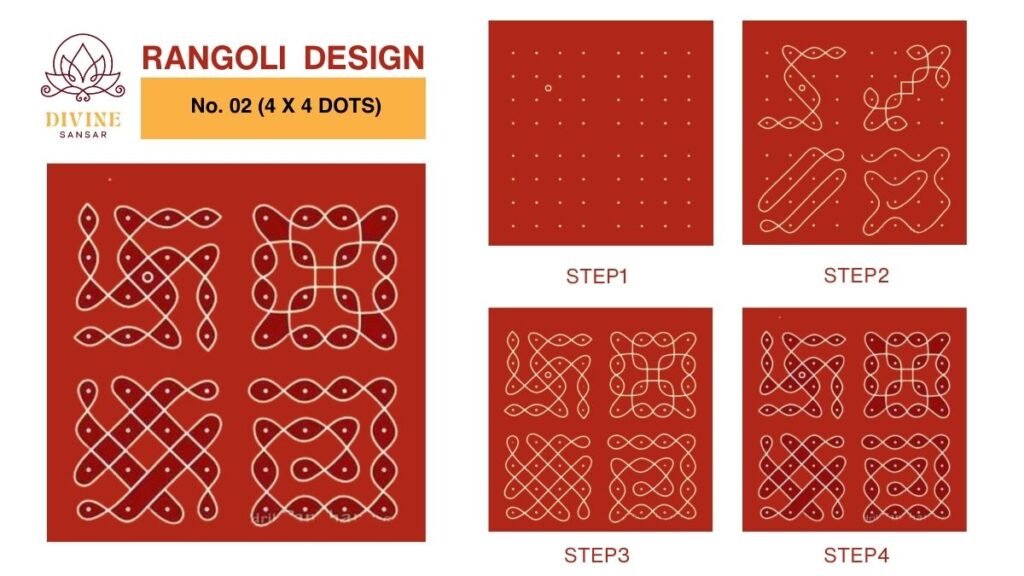
1. Select and Set Up Your Surface

Clear the Space: Choose a level area, ideally close to your house’s entrance. To get rid of dust and dirt, clean and sweep the space.
Place a marker in the center: Determine the rangoli’s center, particularly if you want to make a symmetrical pattern.
2. Describe the Fundamental Shape

Make the outline: Utilizing white powder or chalk, sketch the basic form. Squares, circles, and freeform patterns are examples of common forms.
Patterns and Symmetry: If necessary, use geometric tools to make sure your rangoli is symmetrical.
3. Draw the Detailed Plan

Include Patterns: Cover the basic form with detailed designs like spirals, flowers, or conventional motifs.
Employ Templates: If you’re not comfortable drawing by hand, utilize templates or stencils to make repeatable designs.
4. Add Colors

Select Colors: Use vivid hues like reds, yellows, greens, and blues that accentuate the happy motif.
Use Colors: Utilizing a little spoon, sieve, or your fingers, add colored powder to complete the pattern. To prevent smearing, begin in the middle and work your way outward.
5. Add Details to Strengthen
Summary using White: To provide more contrast and clarity, highlight some areas of the artwork with white powder.
Include Decorative Components: To improve the rangoli, add elements such as rice grains, diyas (little oil lights), or petals from flowers.
6. Complete and Organize
Verify Symmetry: Make sure that every side has an equal distribution of colors and patterns.
Clean Edges: To remove any extra powder and sharpen, use a little brush or piece of cloth.
Conclusion
With time, rangoli, a highly popular Hindu folk art, has become an integral part of our culture. It has grown in significance on a primary level, serving many purposes such as warding off evil spirits and commemorating important Indian holidays. These exquisite works of art typically capture the joy, optimism, and vitality of a home. Creativity and original concepts have also been added to rangoli art over time. Establishments like five-star hotels have designed rangoli for the market. Its significance, craftsmanship, and classic charm are still present today. In addition to being a cultural custom, rangoli art expresses a woman’s love and excitement to decorate her house.

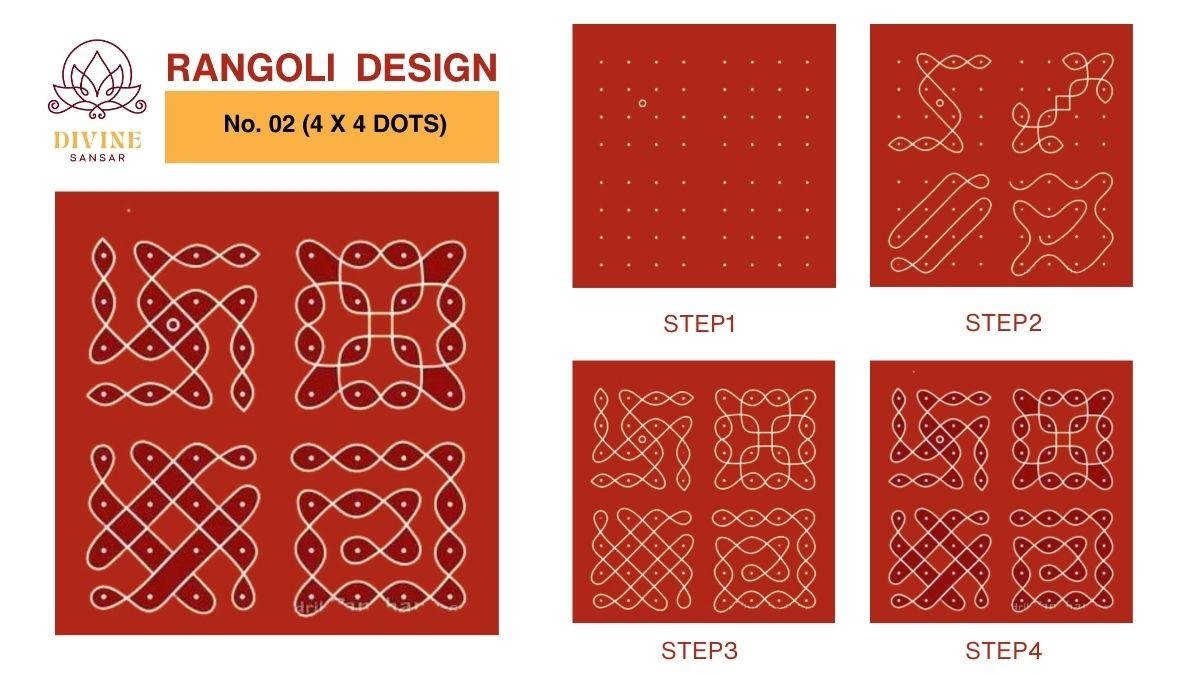

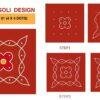

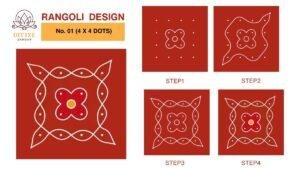
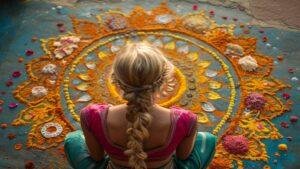











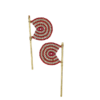
Add comment